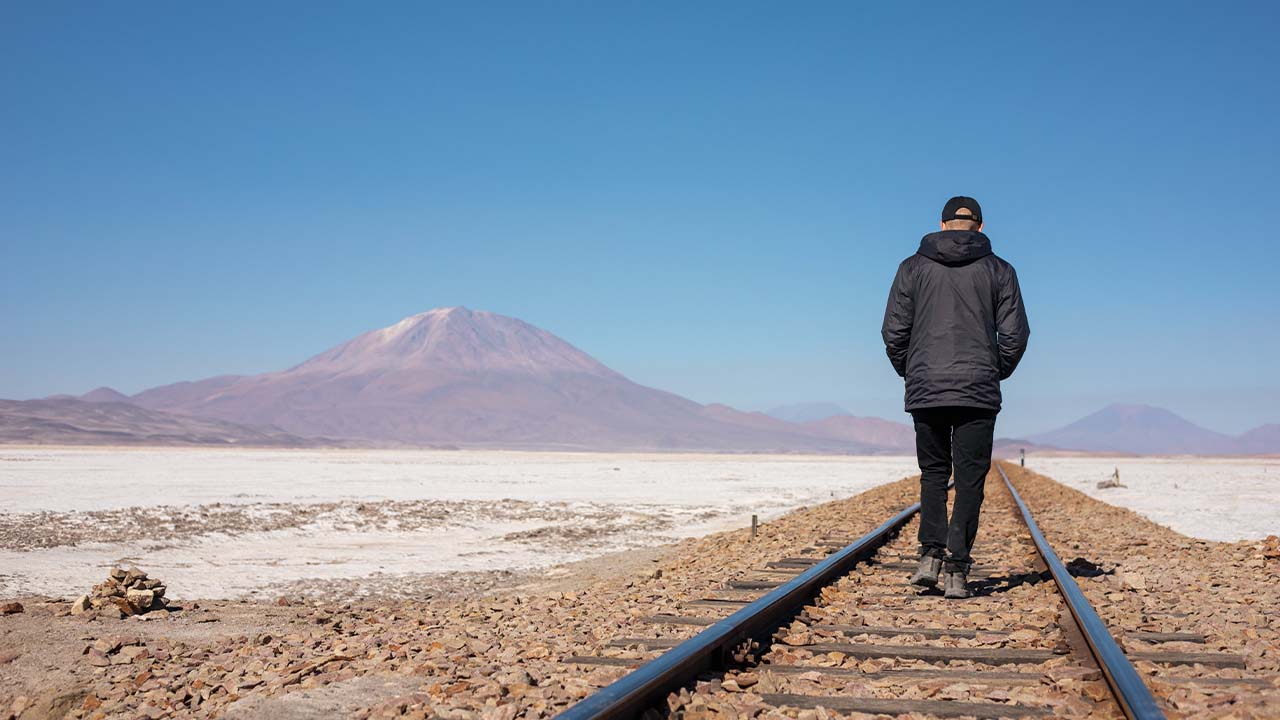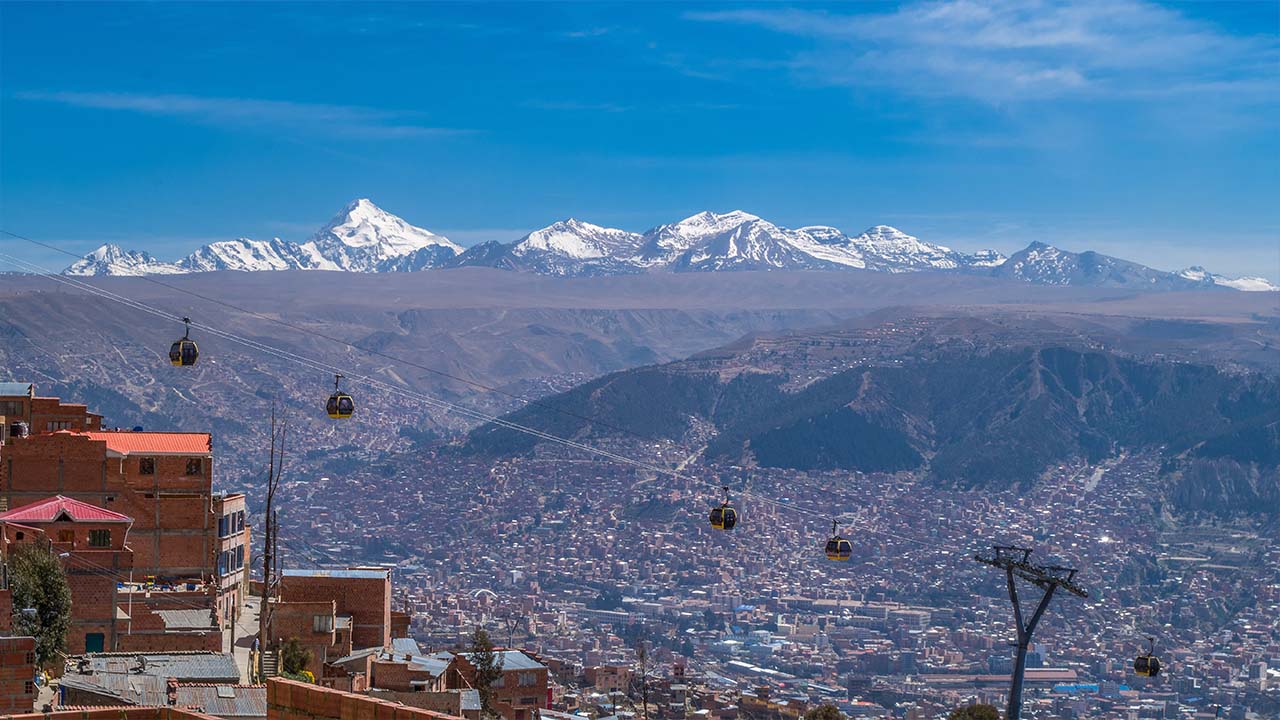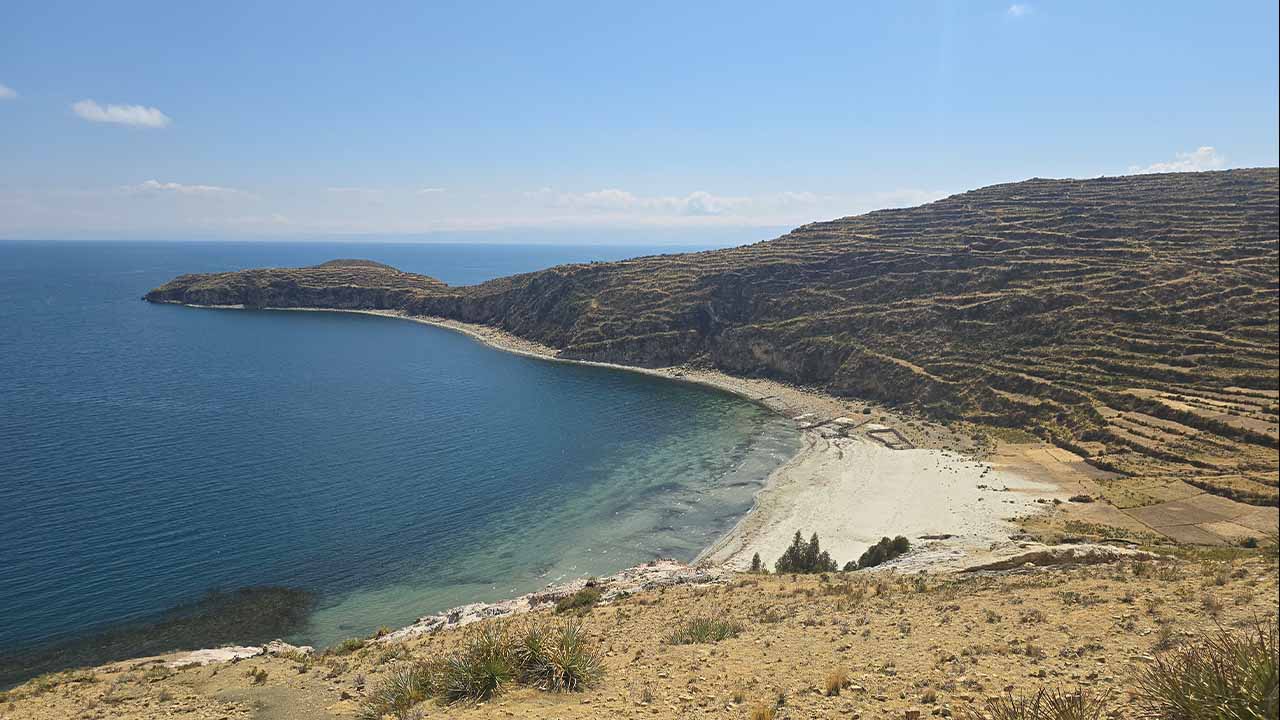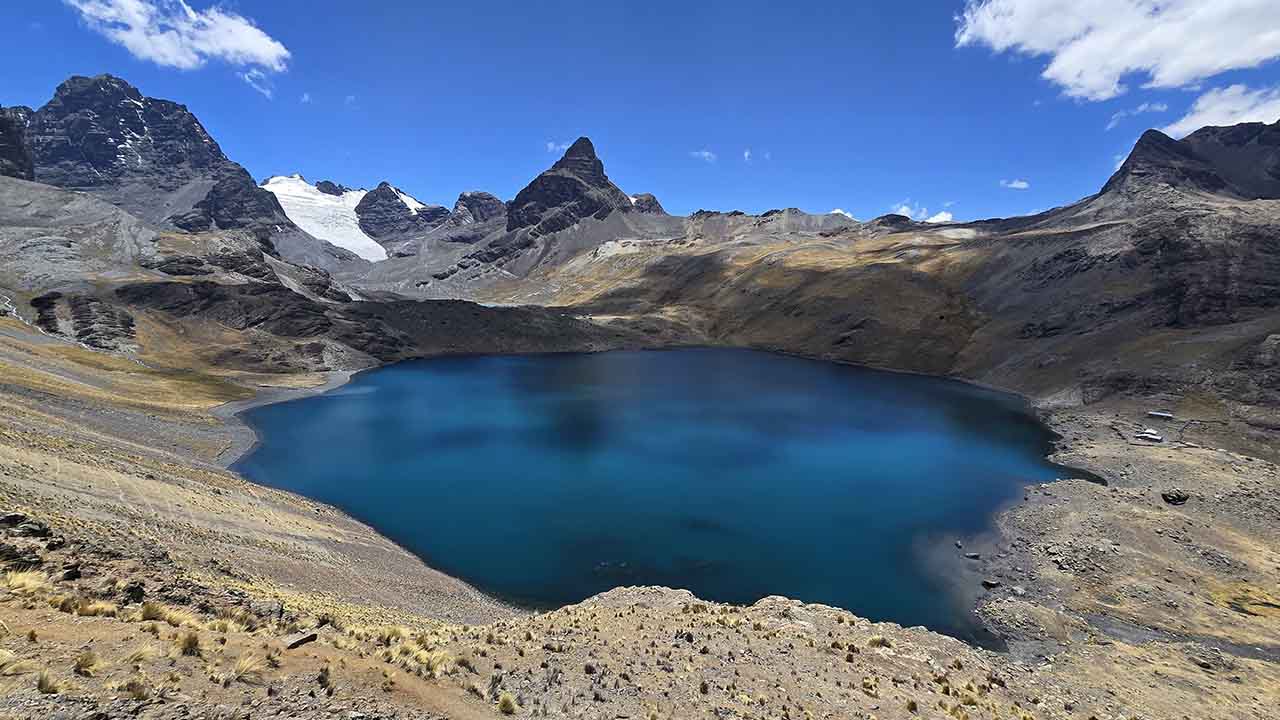
Pico Austria is a solid option for those exploring Bolivia and seeking a high-altitude adventure that doesn’t require technical climbing skills. Located in the stunning Cordillera Real mountain range, this 5,320-meter peak offers breathtaking views, a manageable trail, and an excellent opportunity to test your limits at high altitude.
In this post, I’ll cover everything you need to know about climbing Pico Austria, including whether it’s hard, how to deal with altitude sickness, and whether you can do it solo. I’ll also share tips for choosing a tour company, the costs involved, and my personal experience on the hike. Whether you’re planning your trip or just curious about what it’s like to conquer this Bolivian peak, I’ve got you covered.
Is Climbing Pico Austria Hard?
Pico Austria, standing at 5,320 meters, might seem intimidating due to its altitude. Still, it’s a relatively easy climb compared to other peaks in the Andes. The hike is non-technical, meaning you won’t need climbing gear or special training. However, the reduced oxygen levels at over 5,000 meters can make even a simple trail challenging, and altitude sickness is a genuine concern.
Spending a few days acclimatizing in La Paz or surrounding areas is essential to prepare for the altitude. Staying hydrated, avoiding alcohol, and pacing yourself during the climb can make a big difference. Some hikers also rely upon altitude sickness medication. Still, it’s always a good idea to consult your doctor about these medicines and do a health check.
During the hike, the most important thing to do is listen to your body and your guide. If symptoms of altitude sickness worsen, descending is the safest option.
Can You Climb Pico Austria Solo?
Yes, it’s possible to climb Pico Austria without a guide. The path is straightforward, and with proper preparation, most hikers can complete it without any significant concerns. Managing the climb is feasible for experienced hikers with the right gear and acclimatized to the altitude.
However, it’s important to remember that the weather in this region can change rapidly, and the high altitude introduces additional risks. If you’re uncertain about facing it alone, joining a group or hiring a guide is safer and more reassuring.
How to Choose a Tour Company?
Many tour operators in La Paz offer trips to Pico Austria. Since it’s a day hike, I wouldn’t stress too much about finding the absolute best company. That said, choosing one that prioritizes safety and has experienced guides is still a good idea.
When comparing options, ask about group sizes and what’s included — such as guides, transportation, and meals — and check online reviews to ensure the company has a solid reputation.
I chose Feel Bolivia Travel Agency for my trip and had a great experience. The food was well served, transportation was comfortable, and the shared group wasn’t overcrowded. The cost was 400 Bolivianos including the entrance fee, which I found reasonable for what they offered.
My Summit Experience
Honestly, I only decided to climb Pico Austria as part of my acclimatization plan for Huayna Potosí. I wouldn’t have done it otherwise. However, most people I met were hiking it purely for the enjoyment and adventure it offers, without any secondary goals in mind. Because of that, I wasn’t entirely sure what to expect. I had heard about the altitude and that it was a steep hike, but beyond that, I went in with an open mind.
I’ve added my route to AllTrails for anyone planning to hike it. You can check the entire trail map and use it to navigate or plan your climb. It’s a straightforward hike, and having the route handy can make it easier to stay on track.
The trek began at 7:15 AM with a pick-up from my place. After a few hours of driving, we reached the trailhead. Our group consisted of seven Germans and me. They had this vibe of “I’m only here for the physical challenge, not to have fun,” which meant we walked faster than I thought was ideal. I could tell some people were struggling with the altitude, but since I was already well-acclimatized, I didn’t mind and was still enjoying the hike.
The first half of the ascent was straightforward, with a gentle incline. The second half became steeper but wasn’t anything out of the ordinary for a peak like this. We reached the summit around 1 PM and took a break to eat our lunchboxes, which were abundant. The views were fantastic, and I got to see Huayna Potosí from an angle I hadn’t experienced before, which made the climb even more rewarding.
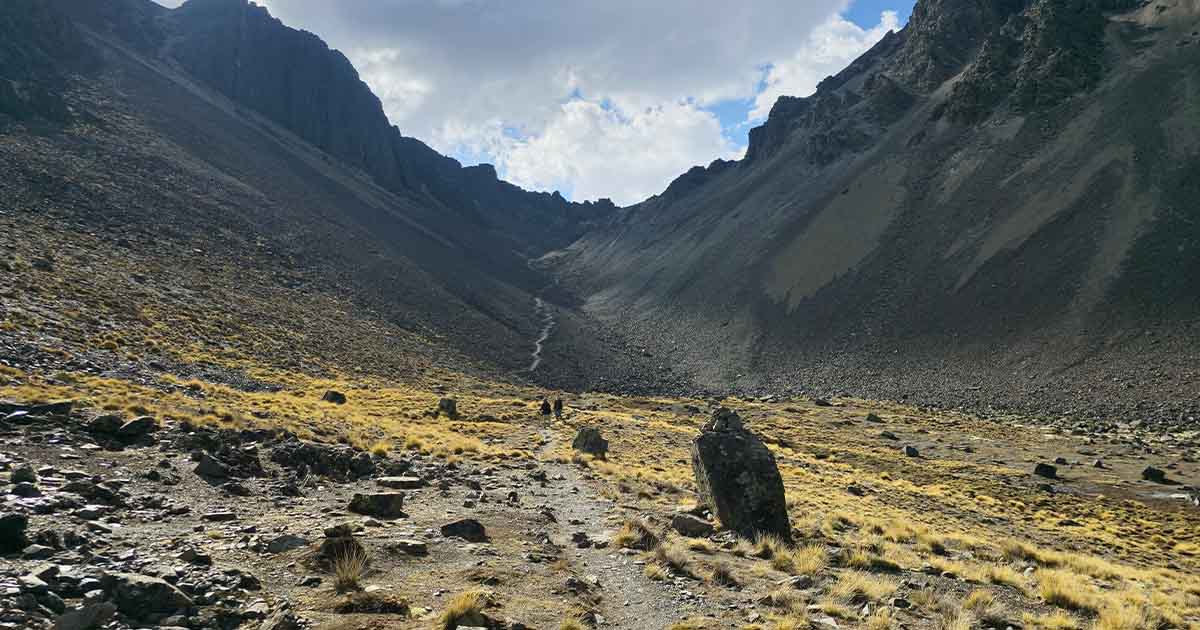
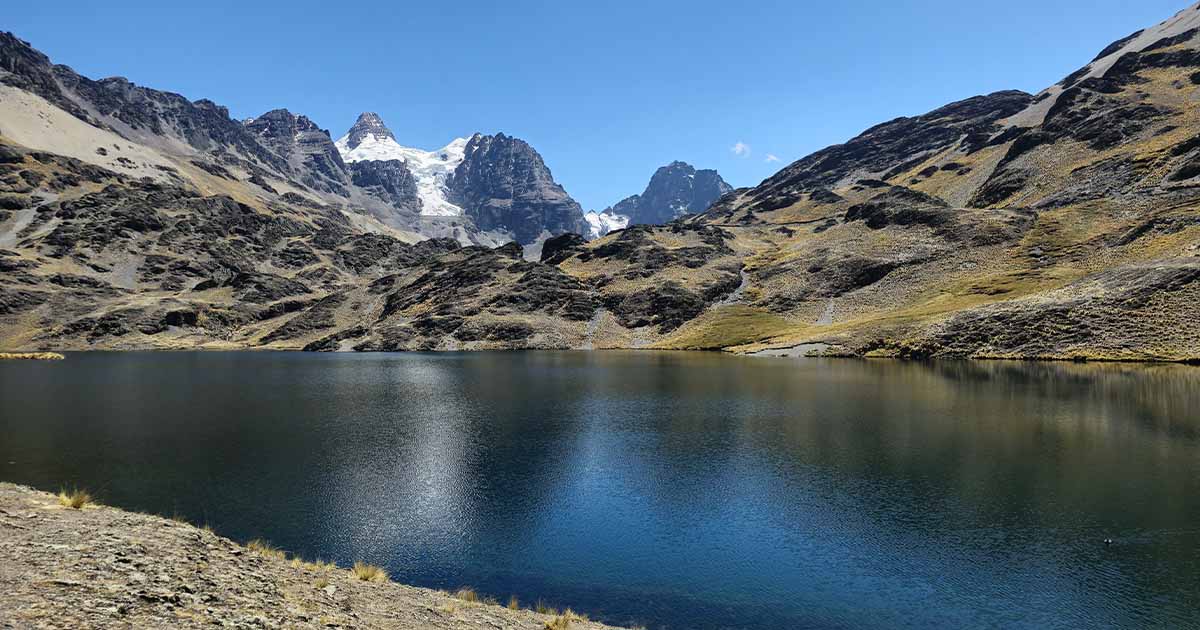
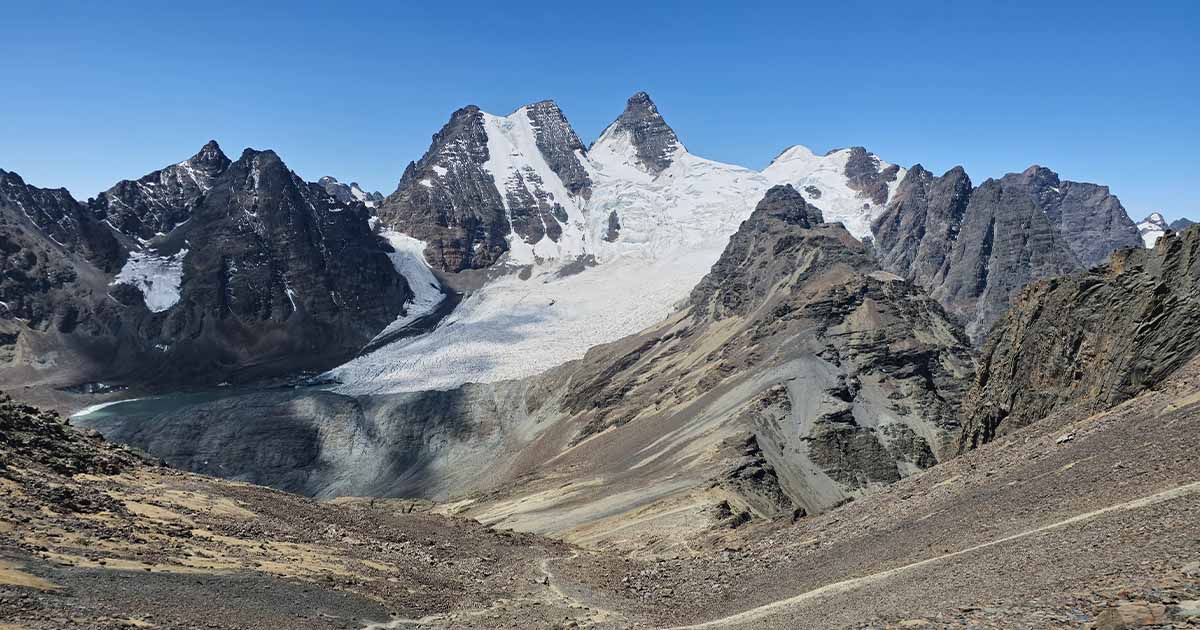
After spending some time at the summit, we started our descent. By then, it was clear that those who had pushed too hard on the ascent were feeling the effects of fatigue. Still, everyone managed to make it back without any issues. Overall, it was a memorable hike and an excellent preparation for my main goal.
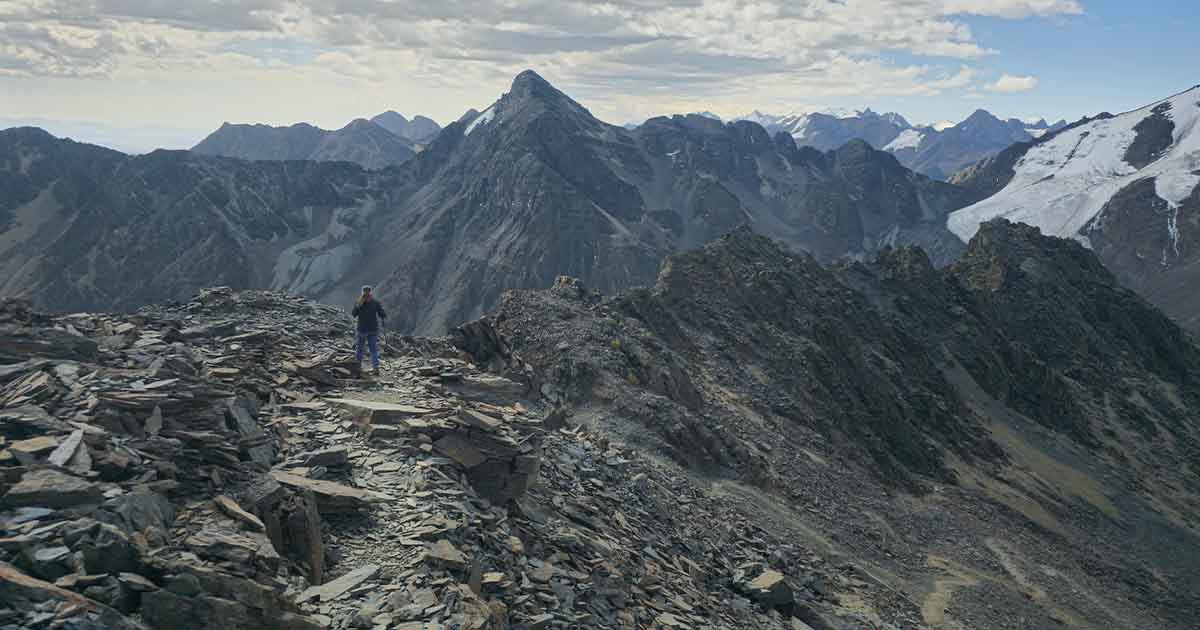
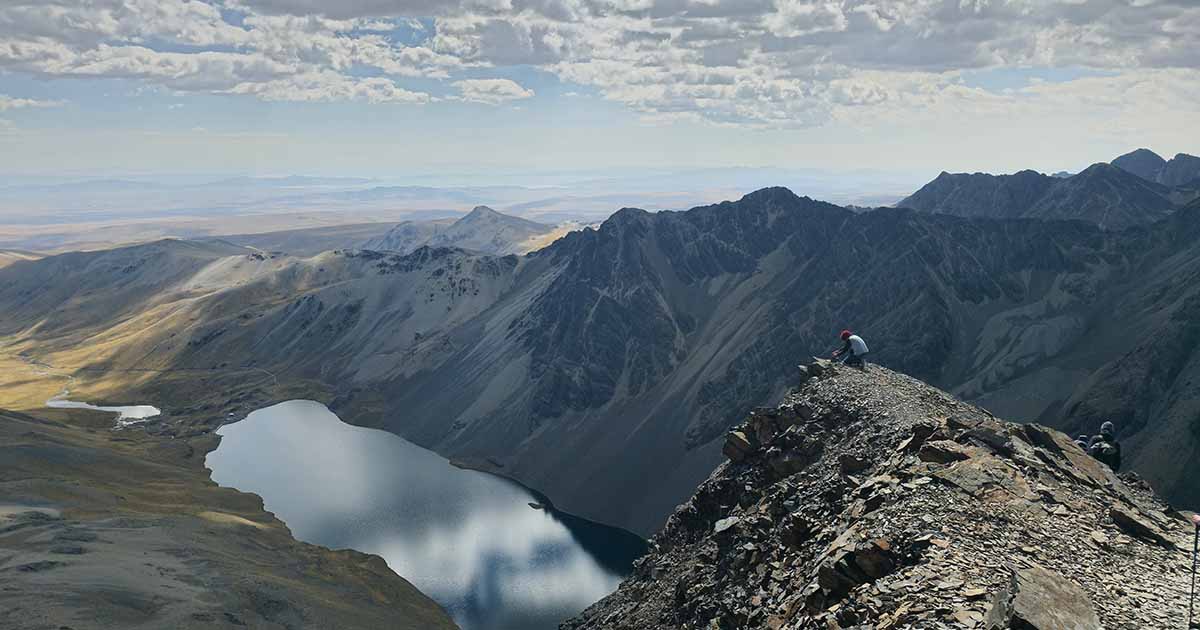
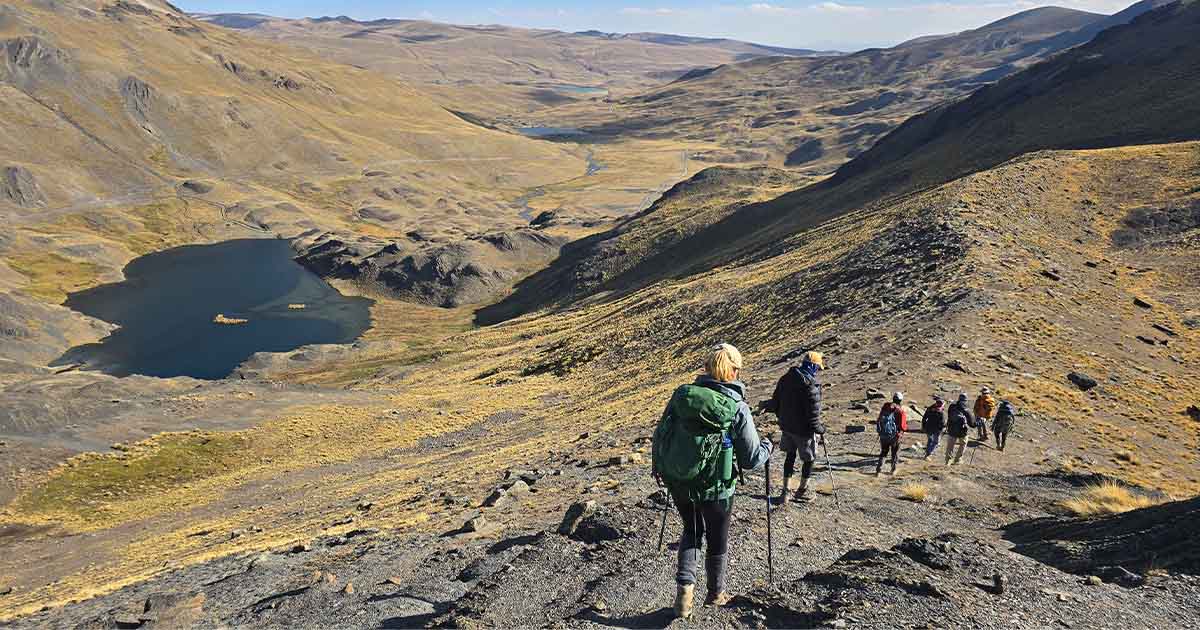
Share This Article
What to read next
Disclaimer: This post may include affiliate links. We may receive a commission at no extra cost to you if you click one of them. Thank you for your support!
